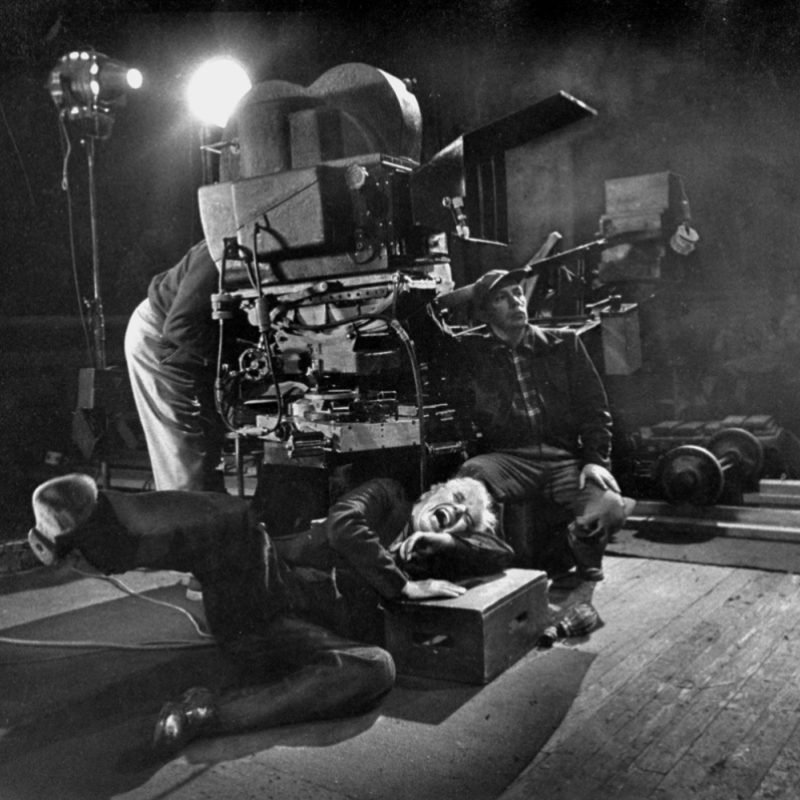The Evolution of Cinema: From the 1920s to the 1950s
The early 20th century marked a transformative period for cinema, evolving from a nascent art form into a dominant medium of entertainment and cultural expression. Between the 1920s and the 1950s, the film industry underwent significant technological, artistic, and cultural changes that shaped its trajectory and legacy. This article delves into the major milestones and developments that defined this era.
The Roaring 1920s: The Birth of Hollywood and Silent Cinema’s Golden Age
The 1920s are often referred to as the “Golden Age of Silent Cinema.” During this decade, Hollywood emerged as the epicenter of the global film industry. The establishment of major studios like Paramount Pictures, Warner Bros., and MGM solidified Hollywood’s dominance. These studios developed the studio system, which vertically integrated production, distribution, and exhibition processes.
Silent films reached new artistic heights in the 1920s. Directors like Charlie Chaplin, Buster Keaton, and F.W. Murnau pushed the boundaries of visual storytelling, relying on expressive performances, innovative camera techniques, and intertitles to convey narrative. Films such as The Kid (1921), Nosferatu (1922), and Metropolis (1927) demonstrated the artistic potential of silent cinema, blending technical ingenuity with compelling stories.
A pivotal technological advancement of the 1920s was the introduction of synchronized sound. While silent films dominated the decade, experiments with sound synchronization began to gain traction. The release of The Jazz Singer(1927), the first “talkie,” marked the beginning of a seismic shift in the industry, signaling the end of the silent film era.
The 1930s: The Talkies Revolution and the Rise of Genre Films
The transition to sound revolutionized cinema in the 1930s. By 1930, most major studios had fully adopted sound technology, leading to the decline of silent films. This technological leap posed challenges for filmmakers and actors accustomed to silent storytelling. However, it also opened new opportunities for more complex narratives, musical scores, and dialogue-driven performances.
The 1930s saw the rise of genre filmmaking. Studios specialized in producing films within specific genres, such as musicals, gangster films, screwball comedies, and horror. Iconic films like Frankenstein (1931), The Public Enemy(1931), and Top Hat (1935) exemplified the diversity of cinematic offerings during this period. Walt Disney also released Snow White and the Seven Dwarfs (1937), the first full-length animated feature, setting a new standard for animation.
The Great Depression heavily influenced cinema in the 1930s. Films provided an escape for audiences facing economic hardship, with glamorous musicals and optimistic comedies offering respite from reality. At the same time, socially conscious films like I Am a Fugitive from a Chain Gang (1932) and The Grapes of Wrath (1940) reflected the struggles of the era.
The 1940s: Cinema During World War II and the Post-War Era
World War II had a profound impact on cinema in the 1940s. During the war, films served as a tool for propaganda, morale-boosting, and education. In the United States, directors like Frank Capra created patriotic documentaries such as Why We Fight (1942-1945). Meanwhile, narrative films like Casablanca (1942) addressed themes of sacrifice, love, and resistance.
The war also led to a shift in the global film industry. European cinema, particularly in countries like France and Germany, faced disruptions due to the war. However, the post-war period saw a resurgence in European filmmaking, with movements like Italian Neorealism emerging as a reaction to the war’s devastation. Films such as Rome, Open City(1945) and Bicycle Thieves (1948) portrayed the harsh realities of post-war life with raw authenticity.
In Hollywood, the 1940s marked the height of the studio system. This period saw the release of numerous classics, including Citizen Kane (1941), often hailed as the greatest film of all time. Film noir, characterized by its dark, moody aesthetic and morally complex characters, also gained prominence with films like Double Indemnity (1944) and The Maltese Falcon (1941).
The 1950s: The Rise of Television and the Decline of the Studio System
The 1950s brought significant changes to the film industry, driven by the rise of television as a competing medium. With more households acquiring TVs, cinema attendance declined. To combat this, studios adopted new technologies and formats to entice audiences back to theaters. Innovations like widescreen formats (e.g., CinemaScope), 3D films, and stereophonic sound became popular.
The 1950s also saw the emergence of independent filmmaking and the gradual decline of the studio system. Antitrust rulings in the late 1940s forced studios to divest their theater chains, weakening their control over the industry. This shift paved the way for more diverse and experimental storytelling.
International cinema gained prominence during this decade. Japanese filmmakers like Akira Kurosawa (Rashomon, 1950) and Yasujiro Ozu (Tokyo Story, 1953) garnered international acclaim, influencing Western directors. In Europe, the French New Wave began to take shape, challenging traditional cinematic conventions.
Conclusion
From the silent masterpieces of the 1920s to the widescreen spectacles of the 1950s, this period of cinematic evolution laid the foundation for modern filmmaking. Technological innovations, artistic experimentation, and cultural shifts transformed cinema into a powerful medium of storytelling and expression. The legacy of these decades continues to inspire filmmakers and captivate audiences worldwide, underscoring the enduring magic of cinema.
Discover more with our enhanced resolution historical film archive and valuable blog posts!
"Cinema is a matter of what’s in the frame and what’s out."
-Charlie Chaplin
Recent Posts
Recent Comments
Search
Recent Posts
- The Beginning of Cinema History, Towards the 1920s January 10, 2025
- The Evolution of Cinema: From the 1920s to the 1950s February 20, 2019
- From Silence to Sound: The Cinematic Revolution of the Talkies Era February 20, 2019
Recent Comments
Archives
- January 2025 (1)
- February 2019 (2)
- January 2019 (1)
- December 2018 (1)
Previous Post
From Silence to Sound: The Cinematic Revolution of the Talkies Era
Next Post
The Beginning of Cinema History, Towards the 1920s
© All rights reserved. Developed by cinemahistory.org team.


